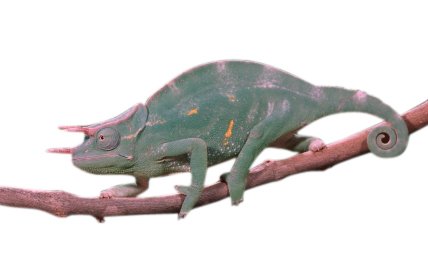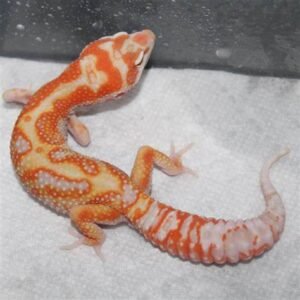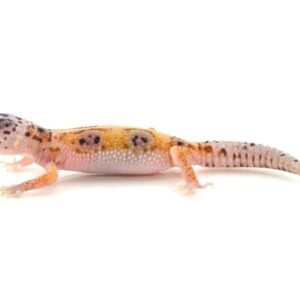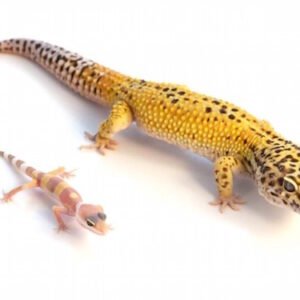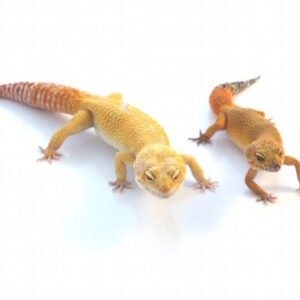Understanding Three-Horned Chameleons
Three-horned chameleons, known scientifically as Trioceros jacksonii, are fascinating reptiles renowned for their distinctive three prominent horns that protrude from their heads, giving them a striking appearance. Originating from the lush montane forests of East Africa, particularly in Kenya and Tanzania, these chameleons thrive in humid, arboreal habitats rich in vegetation that provides ample opportunities for camouflage and foraging. Their natural environment significantly influences their behaviors and survival strategies.
One of the most compelling characteristics of three-horned chameleons is their remarkable ability to change color. This fascinating color-changing capability serves several purposes: it enables them to blend into their surroundings to evade predators, communicate with other chameleons, and regulate their body temperature. The color change is not solely due to environmental factors; it is also an emotional response based on their mood and stress levels.
In the wild, the diet of three-horned chameleons primarily consists of a variety of insects. They are insectivorous, hunting down crickets, moths, and other small arthropods with their quick, sticky tongues. It is essential for potential pet owners to replicate this diet in captivity, ensuring the health and well-being of these unique reptiles. Furthermore, the average lifespan of a three-horned chameleon is typically around five to eight years, although with proper care, some may live longer.
Socially, three-horned chameleons are generally solitary creatures that prefer to establish territories. They may exhibit aggressive behaviors when threatened or during mating displays, highlighting their need for ample space and proper environmental conditions in a captive setting. Understanding the natural habitat, behaviors, and dietary requirements of three-horned chameleons is paramount for current or prospective owners committed to providing the right care and environment for these captivating reptiles.
Caring for Your Three-Horned Chameleon
Providing the right care for your three-horned chameleon is essential for its health and longevity. Creating an ideal habitat is the first step in ensuring the well-being of this unique reptile. Three-horned chameleons thrive in a spacious enclosure that mimics their natural environment. A tall terrarium of at least 24 inches in height is recommended, allowing for vertical climbing. The enclosure should be well-ventilated and made of glass or screen, with the ability to maintain consistent temperature and humidity levels.
Temperature regulation is crucial; daytime temperatures should range from 75°F to 85°F (24°C to 29°C) in the basking area, while nighttime temperatures should drop to around 65°F to 70°F (18°C to 21°C). For humidity, maintaining levels between 50% and 70% is vital to prevent dehydration. Misting the enclosure several times a day or using a substrate that retains moisture can help achieve this balance.
Feeding your three-horned chameleon is another important aspect of its care. A varied diet consisting mainly of crickets, roaches, and other insects is essential. Offer suitably sized food items that match the chameleon’s mouth size, typically every other day. It is advisable to dust insects with calcium and vitamin D3 supplements to ensure proper nutrition. Monitor your chameleon’s eating habits and adjust the feeding schedule as needed.
Regular veterinary check-ups are recommended for maintaining your chameleon’s health. Be vigilant for signs of illness, which may include lethargy, a lack of appetite, or abnormal coloration. Promptly addressing any health concerns is crucial for a long life. Establishing a proper habitat, diet, and healthcare routine will greatly enhance your three-horned chameleon’s quality of life and ensure it remains a vibrant and captivating companion.

